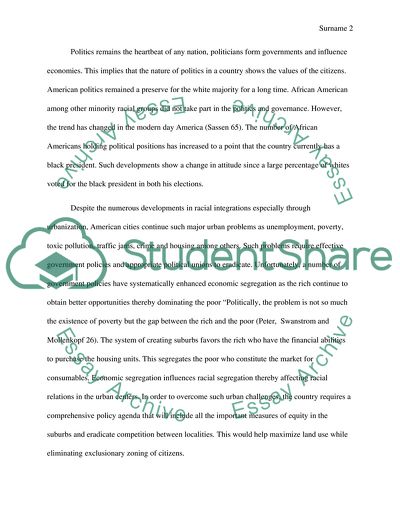Cite this document
(“Race Relations in Urban America Essay Example | Topics and Well Written Essays - 2000 words”, n.d.)
Race Relations in Urban America Essay Example | Topics and Well Written Essays - 2000 words. Retrieved from https://studentshare.org/sociology/1864926-urban-america
Race Relations in Urban America Essay Example | Topics and Well Written Essays - 2000 words. Retrieved from https://studentshare.org/sociology/1864926-urban-america
(Race Relations in Urban America Essay Example | Topics and Well Written Essays - 2000 Words)
Race Relations in Urban America Essay Example | Topics and Well Written Essays - 2000 Words. https://studentshare.org/sociology/1864926-urban-america.
Race Relations in Urban America Essay Example | Topics and Well Written Essays - 2000 Words. https://studentshare.org/sociology/1864926-urban-america.
“Race Relations in Urban America Essay Example | Topics and Well Written Essays - 2000 Words”, n.d. https://studentshare.org/sociology/1864926-urban-america.


